Hair loss can be a distressing condition that impacts both men and women, leading many to seek effective solutions to restore their hair’s thickness and vitality. One promising avenue in the realm of hair restoration is Platelet-Rich Plasma (PRP) therapy. This innovative treatment utilizes the healing properties found in the patient’s own blood to stimulate hair growth and improve overall hair health.
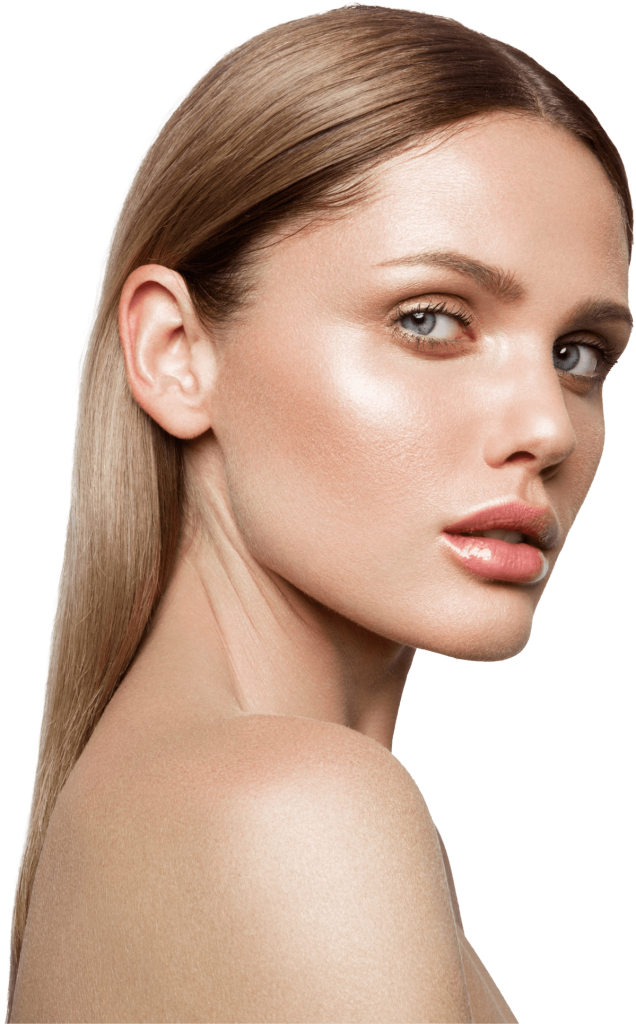
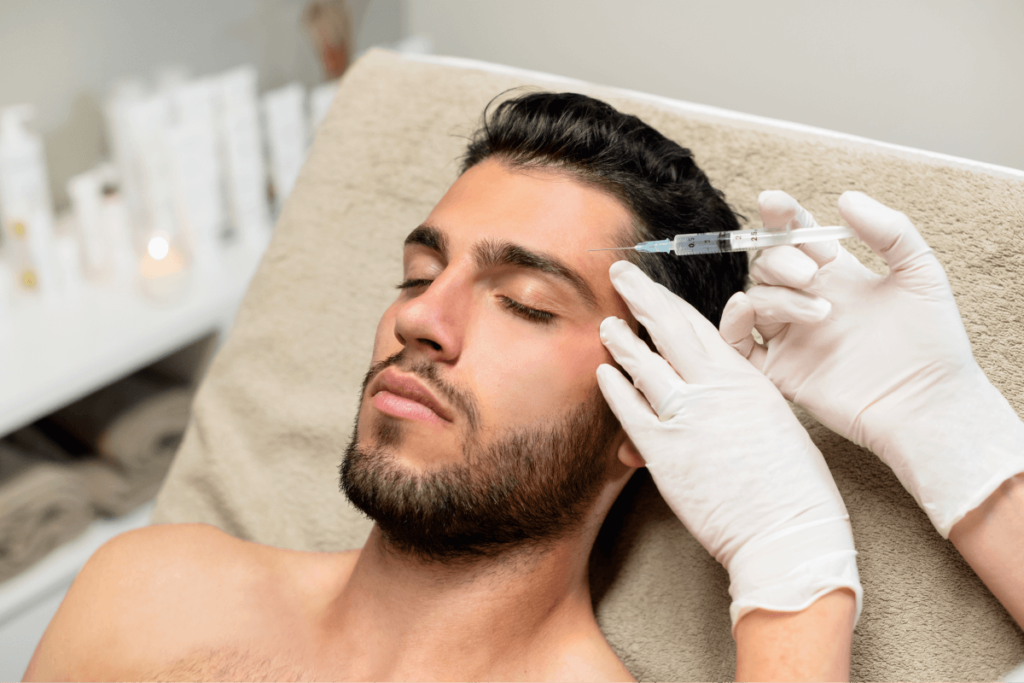
PRP (Platelet-Rich Plasma) treatment for hair loss is a non-surgical procedure using a blood sample processed in a centrifuge to isolate concentrated platelets and growth factors. These components boost tissue repair, collagen production, and healing while stimulating dormant hair follicles to encourage natural hair growth.
Effective for hair loss conditions like androgenetic alopecia and pattern baldness, PRP hair treatment in Montreal improves hair thickness, skin texture, and appearance. With minimal recovery time, this safe treatment provides long-lasting benefits through a personalized plan tailored by experts.
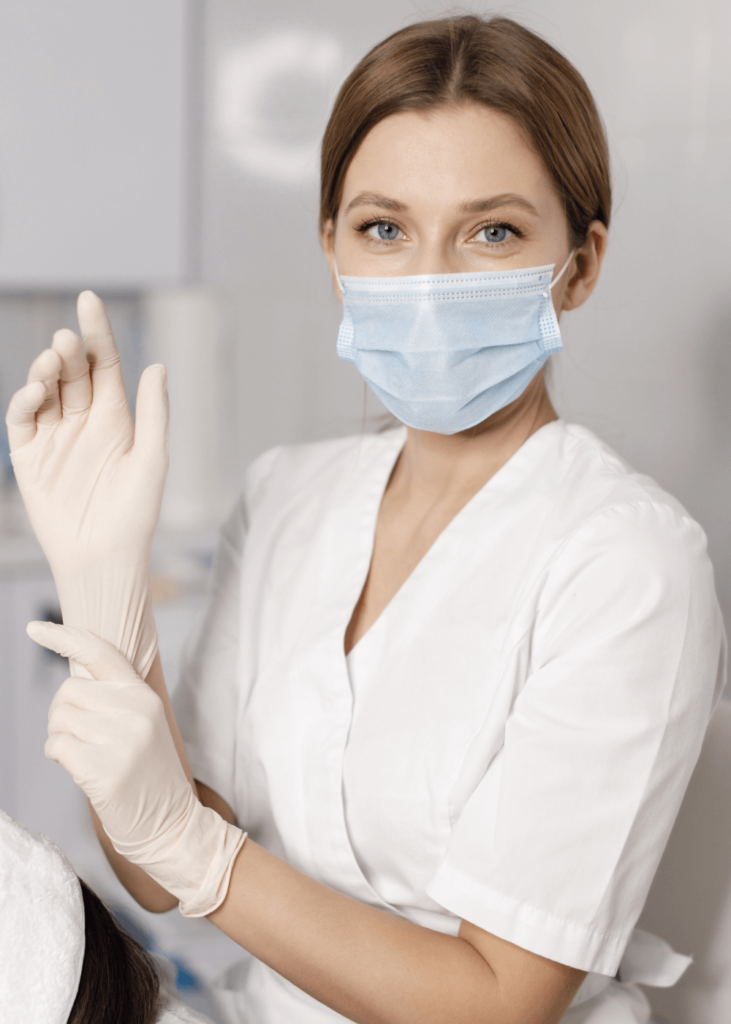
PRP treatment for hair loss is ideal for individuals who meet the following criteria:

Yes, women can benefit from PRP (Platelet-Rich Plasma) treatment for hair loss. PRP hair treatment in Montreal is a safe, non-surgical procedure that stimulates hair growth by injecting concentrated platelets and growth factors into the scalp. It’s effective for thinning hair, pattern hair loss, and improving hair thickness and appearance.
With minimal recovery time, this treatment enhances tissue repair, collagen production, and hair follicle health. Consult with a professional team to create a personalized treatment plan tailored to your needs.
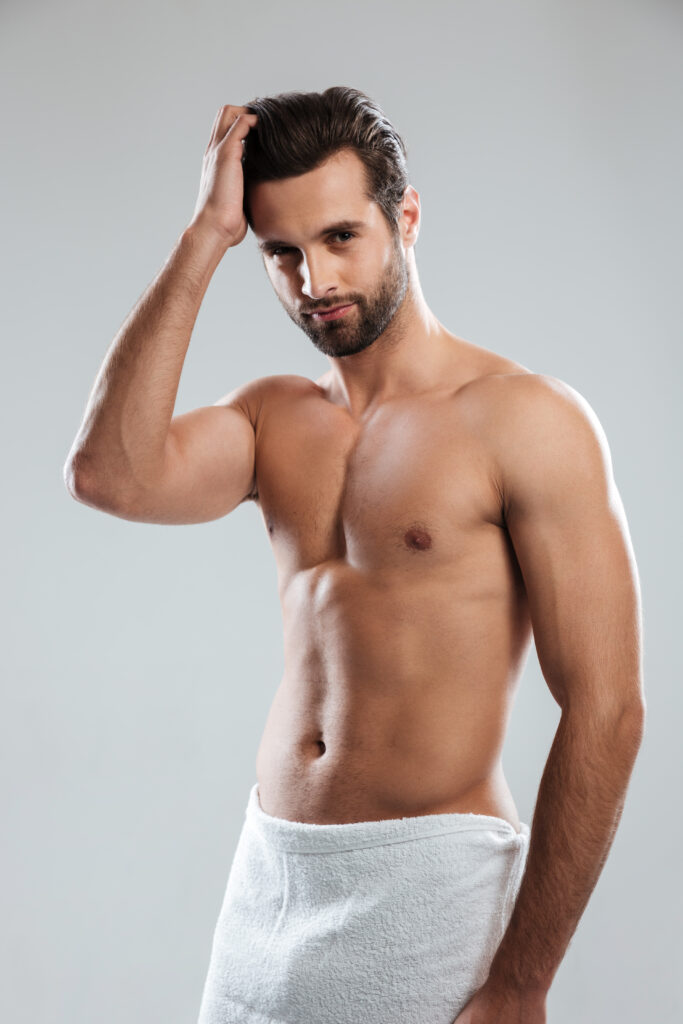
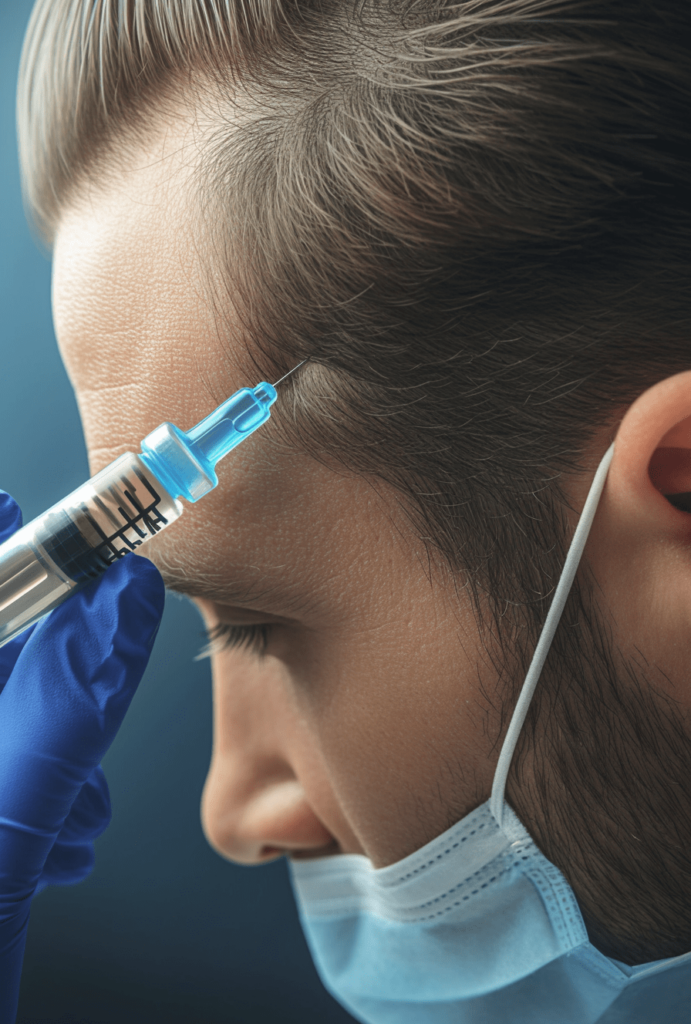
We prioritize transparency and quality to ensure our clients receive the best care. Begin your journey to restoring hair growth with PRP hair treatment in Montreal, guided by our expert team. We offer a detailed understanding of the procedure, investment, and steps involved to achieve the results you deserve.
Yes, PRP treatments can be combined with other hair loss procedures to enhance effectiveness. Often paired with hair transplant surgery or therapies like laser treatments, PRP boosts tissue regeneration and growth factors for a comprehensive hair restoration plan. This approach addresses multiple aspects of hair loss, improving skin texture and promoting natural-looking results.
The cost of PRP (Platelet-Rich Plasma) treatment for hair loss in Montreal depends on factors like the number of sessions and the treatment plan’s specifics. A consultation with our team ensures a thorough assessment of your goals, medical history, and the steps required. During this session, we’ll discuss everything from the concentration of platelets and expected recovery time to the benefits of this safe treatment and provide a personalized cost estimate.
PRP (Platelet-Rich Plasma) injections are safe, using your own blood components to minimize risks of allergic reactions. Side effects, like mild pain or swelling, are rare and temporary. When performed by professionals, PRP hair treatment in Montreal is a reliable option for hair growth and skin improvement.
PRP results for hair typically last 12 to 24 months, depending on factors like hair loss severity and maintenance treatments. An initial series of 3 to 4 sessions spaced a month apart, followed by maintenance every 6 to 12 months, helps sustain hair growth and thickness. Regular follow-ups and proper care extend the benefits.
The recovery time for PRP (Platelet-Rich Plasma) treatment for hair loss is minimal, allowing most individuals to resume normal activities immediately after the procedure. This safe, non-surgical treatment involves no significant downtime. Some may experience mild side effects, like swelling, redness, or bruising at the injection sites, but these typically resolve within a few days.
Healthcare providers may recommend specific post-treatment steps to optimize the effectiveness of the procedure, such as avoiding certain activities or hair products. With proper care, PRP hair treatment in Montreal ensures effective results with minimal disruption to your routine.
Results from PRP (Platelet-Rich Plasma) treatment for hair loss typically appear within weeks to several months. Four sessions, spaced 4 weeks apart, are often recommended for optimal hair growth and improvements. Factors like hair loss severity and individual healing affect the timeline. Follow-up assessments ensure the treatment plan’s effectiveness and determine if maintenance treatments are needed.